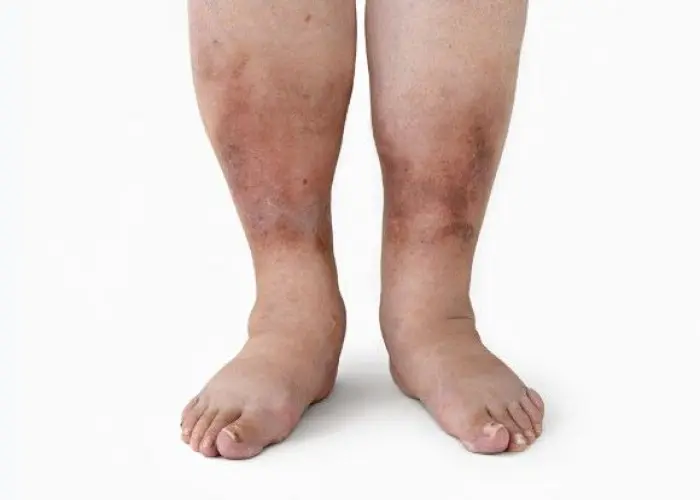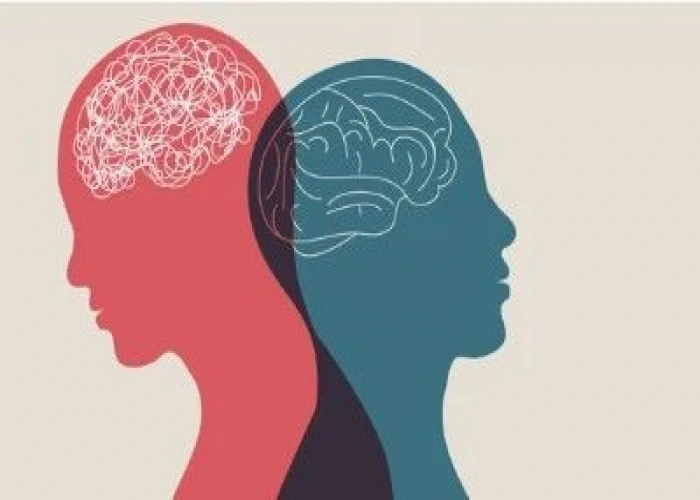 Welcome
Welcome
“May all be happy, may all be healed, may all be at peace and may no one ever suffer."
Dysarthria

Dysarthria is a motor speech disorder that is caused by damage to the nervous system, such as the brain or the nerves that control the muscles used for speaking. This damage can result from a variety of conditions, including stroke, traumatic brain injury, Parkinson's disease, multiple sclerosis, and cerebral palsy, among others.
Dysarthria can affect the clarity, quality, and intelligibility of a person's speech, and can make it difficult for others to understand what they are saying. Symptoms of dysarthria can include slurred or slowed speech, difficulty with articulation and pronunciation, monotone or pitch changes in speech, and inconsistent speech volume.
Treatment for dysarthria depends on the underlying cause and severity of the condition. Speech therapy is often recommended, which may include exercises to improve muscle strength and coordination, as well as strategies for improving articulation and clarity. In some cases, assistive devices such as speech-generating devices may also be helpful.
It's important to note that dysarthria does not affect intelligence or cognitive ability, and people with dysarthria should be treated with respect and dignity. With appropriate treatment and support, many people with dysarthria can improve their speech and communication abilities, and lead fulfilling lives.
Research Papers
Disease Signs and Symptoms
- Slurred speech
- Slow speech
- Inability to speak louder than a whisper or speaking too loudly
- Rapid speech that is difficult to understand
- Nasal, raspy or strained voice
- Sometimes the soles of the feet also can be affected.
Disease Causes
Dysarthria
In dysarthria, you may have difficulty moving the muscles in your mouth, face or upper respiratory system that control speech. Conditions that may lead to dysarthria include:
- Amyotrophic lateral sclerosis (ALS, or Lou Gehrig's disease)
- Brain injury
- Brain tumor
- Cerebral palsy
- Guillain-Barre syndrome
- Head injury
- Huntington's disease
- Lyme disease
- Multiple sclerosis
- Muscular dystrophy
- Myasthenia gravis
- Parkinson's disease
- Stroke
- Wilson's disease
Some medications, such as certain sedatives and seizure drugs, also can cause dysarthria.
Disease Prevents
Disease Treatments
Your treatment will depend on the cause and severity of your symptoms and the type of dysarthria you have.
Your doctor will treat the cause of your dysarthria when possible, which may improve your speech. If your dysarthria is caused by prescription medications, talk to your doctor about changing or stopping such medications.
Speech and language therapy
You may have speech and language therapy to help you regain normal speech and improve communication. Your speech therapy goals might include adjusting speech rate, strengthening muscles, increasing breath support, improving articulation and helping family members communicate with you.
Your speech-language pathologist may recommend trying other communication methods if speech and language therapy isn't effective. These communication methods could include visual cues, gestures, an alphabet board or computer-based technology.
Disease Diagnoses
Disease Allopathic Generics
Disease Ayurvedic Generics
Disease Homeopathic Generics
Disease yoga
Dysarthria and Learn More about Diseases

Anal itching

Gastric Ulcer

Hiatal hernia

Malignant hyperthermia

Diabetic nephropathy

Premature ejaculation

Personality disorders

Glomerulonephritis
dysarthria, ডাইসারথ্রিয়া
To be happy, beautiful, healthy, wealthy, hale and long-lived stay with DM3S.
